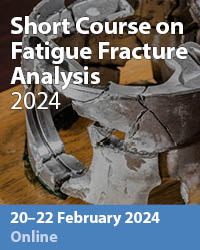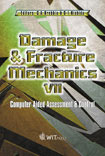Precracking Mitigates Shrinkage Cracks In Cemented Material
Price
Free (open access)
Transaction
Volume
37
Pages
Published
2002
Size
604 kb
Paper DOI
10.2495/DM020081
Copyright
WIT Press
Author(s)
K P George, M Bajracharya & M Gaddam
Abstract
Despite widespread use of pozzolanic material, such as Portland cement, in structural components, there is concern over possible early shrinkage cracking because of desiccation and/or thermal contraction. With the objective of controlling cracks, a field study was undertaken where a variety of treatments or cementing agents were incorporated in 244m test sections in a newly constructed roadway. Among the various test sections, precracking \“young” cement-treated soil was highly successful in reducing shrinkage cracks. The precracking, accomplished by a vibratory roller in the field, is deemed to have introduced microcracks (\“damage”), which in turn relieves shrinkage stresses, alleviating detrimental shrinkage cracks. Modulus measurements before and after precracking substantiate the damage hypothesis. In addition, in situ tests are conducted monitoring recovery of the damaged material. Despite the minor degradation, due mostly to induced microcracks, the material regained structural attributes closely matching those of the uncracked control test section. \“Crack healing” is the mechanism responsible for rejuvenation of the material. Simulating precracking in laboratory specimens, the rate of rejuvenation - measured in terms of material modulus - is investigated employing impact modal tests. The results show that crack healing takes place over a relatively short period, with the recovery complete in a matter of weeks. The level of precracking or damage induced in the \“young” cemented aggregate governs the length of recovery. This paper advances a plausible explanation as to how microcracks inhibit inherent shrinkage cracks in cemetitious material. A hypothesis explaining crack healing and resulting recovery of material characteristics is discussed and substantiated.
Keywords





